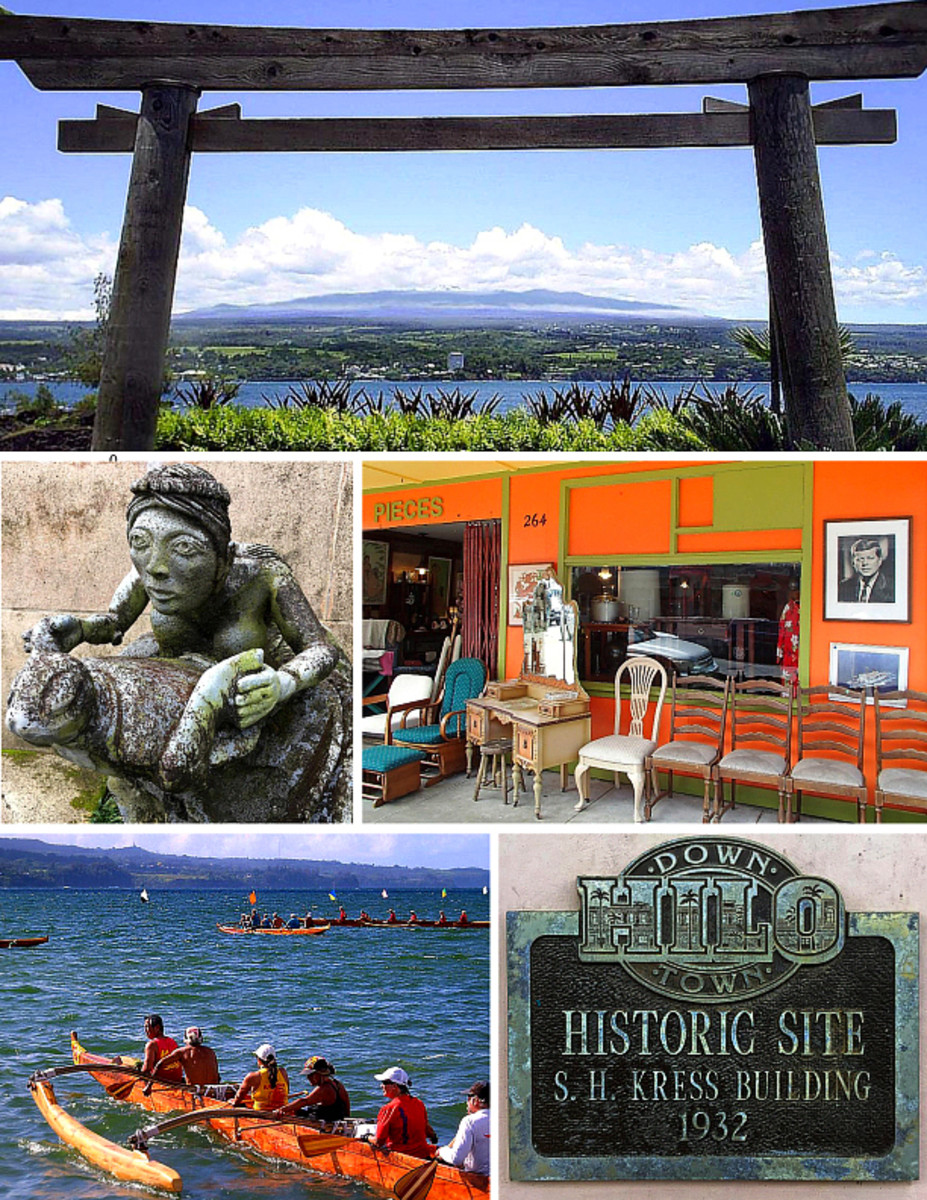The Geology of Hawaii: Islands, Volcanoes, and More
How the Hawaiian Islands were Formed
The Hawaiian Islands are part of the Sandwich Islands archipelago, which spans from the Northwest region of the Pacific Ocean to the Big Island of Hawaii. The islands were formed over a hot spot in the mantle that continuously pushes magma toward the crust’s surface.
You may be wondering how the hot spot moves across the Pacific Ocean to make the islands. This easy-to-read guide to the geology of Hawaii will explain how the Hawaiian Islands formed and give more information on Hawaii’s volcanoes.
This guide will also explore the current tectonic activity and the formation of Lo’ihi, Hawaii’s newest island in the chain. We will explore where the hot spot is now and predict what will happen in the future.

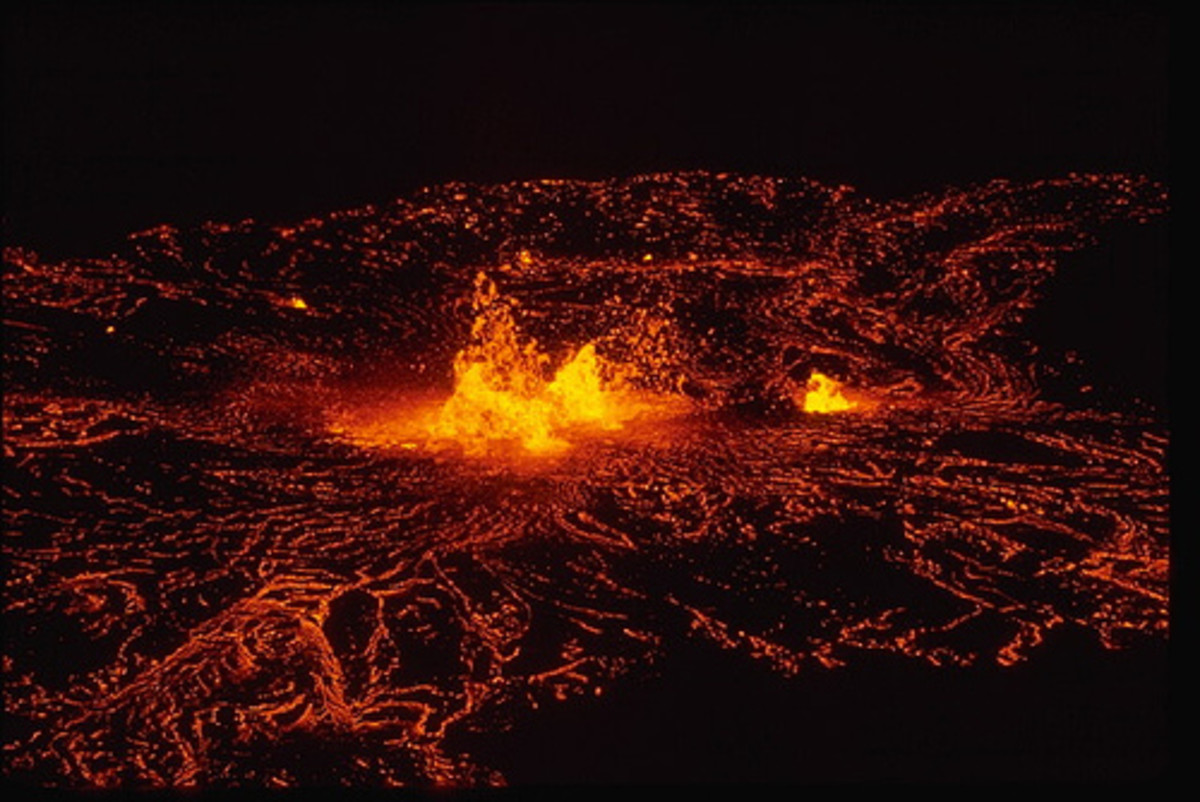
Definition of Geology Terms
Mantle
The mantle is the outermost layer of the Earth’s core. The mantle is a giant magma layer that makes up more than half of our Earth.
Lithosphere
The layer of liquid olivine that assists the crust in sliding over the mantle.
Olivine
A mineral that is found in the lithosphere. When solidified, it is a olive green color and can only be found in places where magma reaches the surface of the crust.
The Formation of the Hawaiian Islands
The Sandwich Isles were created as a product of plate movement and a hot spot. Specifically, the slow movement of the Pacific Plate has contributed to how the islands formed.
Many believe that the hot spot is moving across the ocean floor; however, the hot spot is simply staying in one place while the Pacific plate moves over the hot spot.
Directly above the mantle is the Earth’s crust, which is made up of plates, or sections that move over the mantle and the lithosphere, which is mostly made of olivine.
Watch the video at the top of the page to see how the plate moved and ultimately created an archipelago.
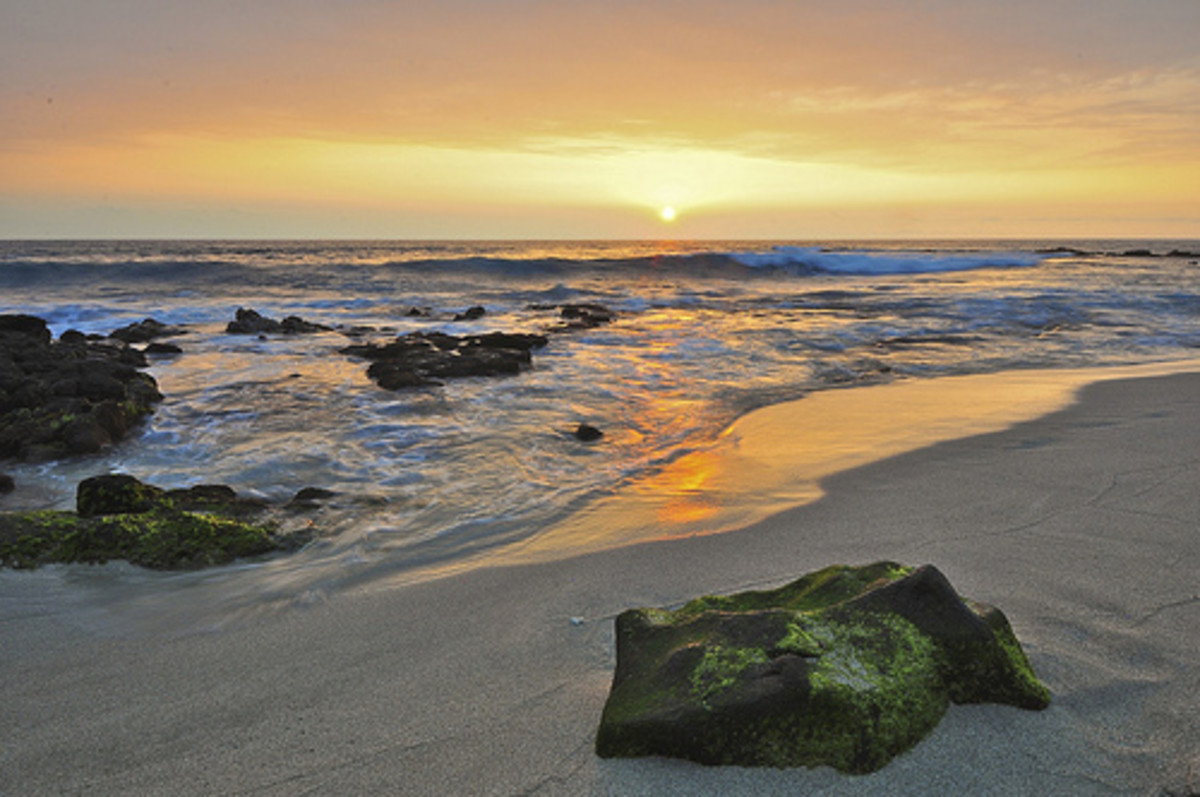

Ring of Fire
Learn More
Plate Tectonics (The Pacific Plate Movement)
As the plate moves, the hot spot causes volcanoes to form. The plate that created the Hawaiian Islands is the Pacific Plate, which is subducting beneath the Eurasian plate. Subduction occurs when a plate is going below another plate. When it does this, the layer of crust that subducts is then melted into minerals and becomes a part of the lithosphere.
The Pacific Plate is expanding as it is being subducted. As the plate pulls away from the coast of Chile, it creates the mountain range in South America. As the plates move and evolve, they change the shape of our land.
The hot spot that created the Hawaiian islands is unique in the way that it is no where near our continents. Can you imagine where the hot spot will be in millions of years?
Over time, the islands are eroded and sink below the ocean’s surface. The hot spot is currently underneath the Kilauea volcano that can be found on the Big Island of Hawaii. This hot spot is also pushing magma toward the surface and is creating a new island of the Puna coast. Scientists have named this island Lo’ihi. Although this island will not reach the surface for millions of years, scientists are studying it for more information on how underwater volcanoes are formed.

How the Hawaiian Islands Changed with Erosion (Mauinui)
As you will see below, the islands changed over time. Maui used to be a part of Lanai, Molokai and Koho'olawe. Overtime, however, the pressure on the land caused by rain, waves and plate movement changed the shape of the islands and created more of them carved out of Mauinui. The image below shows the change in shape of the islands over millions of years.
The Erosion of Maui Nui: Creation of Koho'olawe and Moloka'i
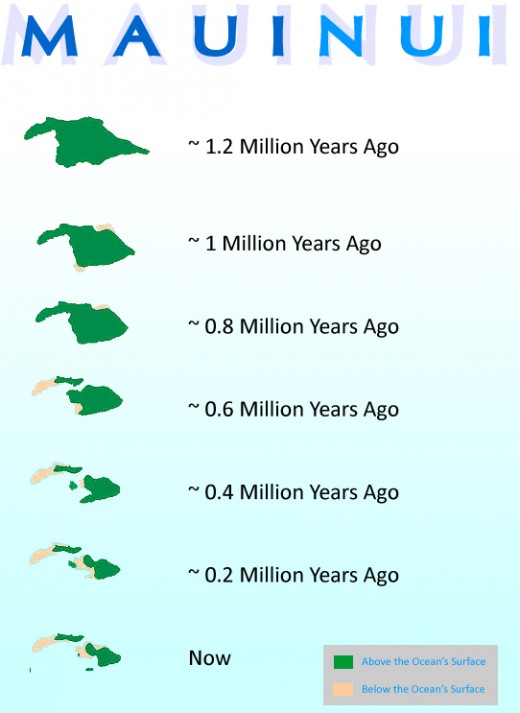
Hawaii’s Volcanoes
- How to Visit Hawaii Volcanoes
This guide will show you how to visit the volcanoes in Hawaii and get to see the stars with little if no obstruction as well as get feet away from hot lava with maps and directions. - A Local's Guide to Hawaii Volcanoes
Hawaii is made up of six shield volcanoes. They are Kilauea (active), Mauna Kea (dormant), Mauna Loa (active), Hu’alalai (dormant), Kohala (extinct), and Haleakala (extinct).
Hawaii has five volcanoes. The most active is Kilauea, which is located on the Big Island of Hawaii. This volcano is actively pouring lava down the coast through craters. Hawaiians believe that the fire and war goddess, Pele, lives in Kilauea. It is said that if someone takes a rock from the volcano, their home will set on fire. I've never tried it, but I don't want to risk it.
Two Types of Lava Rock (A'a and Pahoehoe)
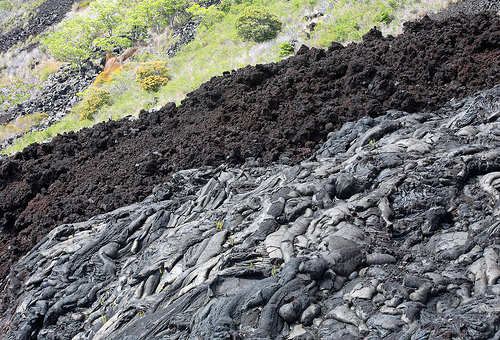
Have you ever been to Hawaii?
Hawaiian volcanoes produce two types of "lava rock", or basalt. Basalt is an igneous rock that is pure, solidified magma. In Hawaii, minerals often add to the basalt's black color. Peridotite and olivine are two common minerals found in Hawaiian lava rock because they are only found in places like hot spots. The minerals enter the mixture from the lithosphere, the thin, upper layer of the mantle and the crust.
- The darker rock in the photo above is called "a'a" ("ah-ah"), which is very sharp and rough; this texture is due to high temperatures and fast-moving lava (from spurts or heavy eruptions) when the volcano erupted.
- The lighter rock is called Pahoehoe ("pah-hoy-hoy"), which is caused by slow-moving lava. It is a smooth rock with wrinkles in it and is usually silver due to the temperature of the minerals when cooling.
Where is the Hot Spot Now?
The Hawaiian hot spot has been beneath Kilauea on the Big Island of Hawaii. Recently, scientists discovered that a new volcano was forming off the coast of Puna on the Big Island. This volcano is submerged underneath the ocean and is continuing to grow as we speak.
This new island is called "Lo'ihi", which means small in Hawaiian. This island will probably become attached to the Big Island if it continues to erupt the way it has been, but not for another thousand years or so.



